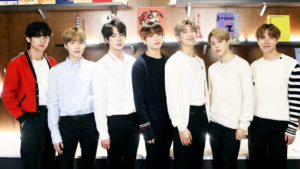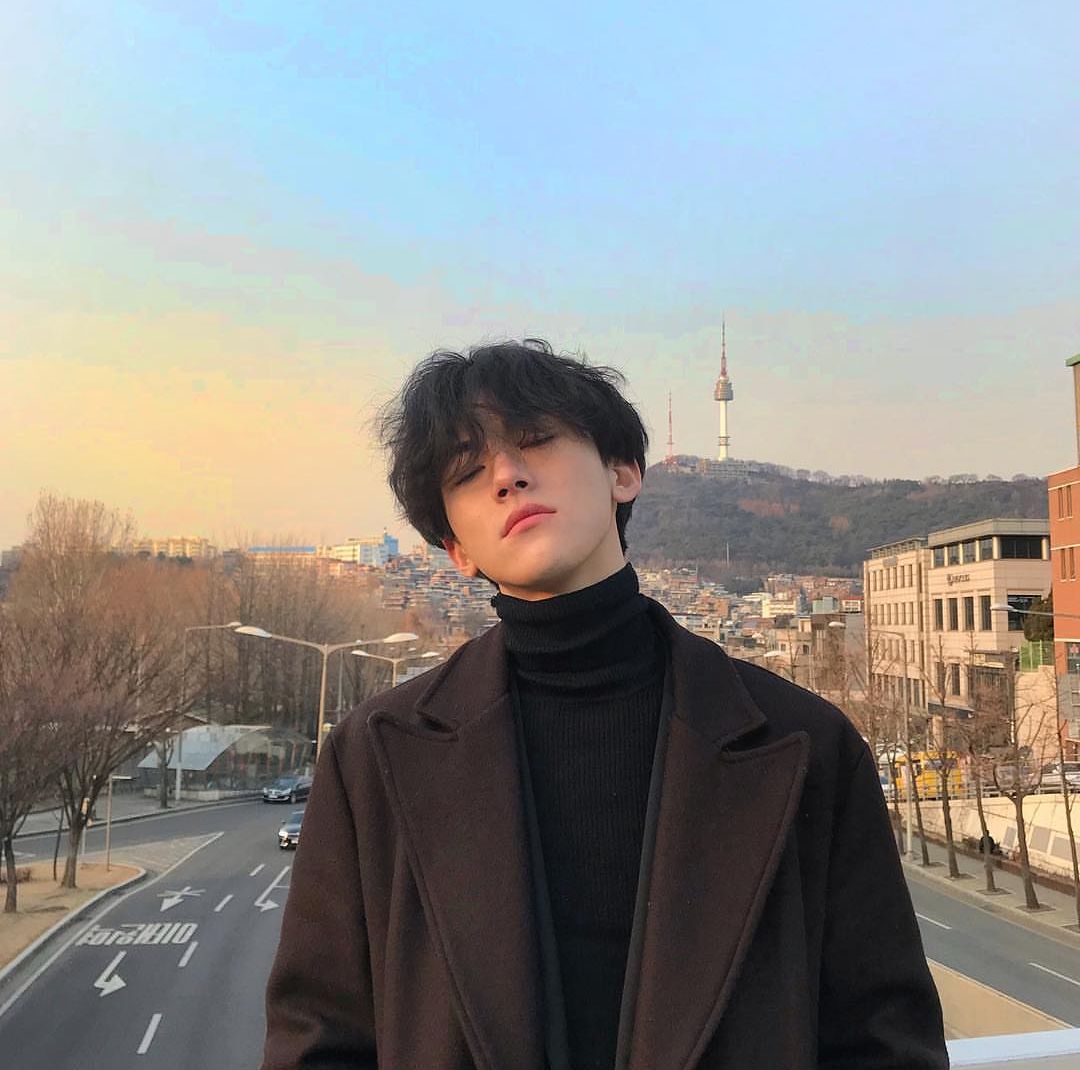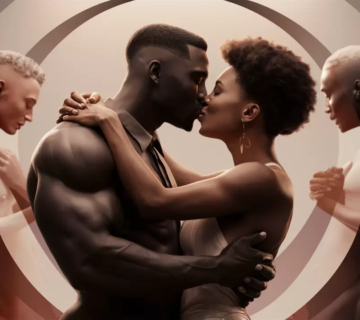Glamour of the “Korean boy”: Understanding the recent worldwide interest
The world, over the past few years, has been viewing with curiosity an instant rise to fame with regards to Korean culture. The diversified trend, spearheaded by Korean pop music, generally referred to as K-pop, Korean dramas or K-dramas, as most people call it, and Korean fashion have become extremely popular. One of the different ways in which this cultural wave has depict is through fast-growing interest in the concept of the “Korean boy”. The term covers everything from the glamorous idol that dances across the screen to the fashionista walking down the street of Seoul. In this paper, we take an in-depth look at just what makes the “Korean boy” so sexually appealing to a global audience-looks at their unique characteristics, fashion sense, cultural impact, and the effects of the Korean Wave. take
The Korean Wave Intellectual Storm (Haleo) and Its Influence
To contextualize and account for the popularity of the “Korean boy,” one has to begin by contextualizing and identifying a particular phenomenon which has come to be identified as the Korean Wave, alternatively known as Hallyu. The term Hallyu is used to describe the global popularity of South Korea’s cultural economy in forms including pop music, television dramas, movies, fashion, and cosmetics. Today, it has become a global cultural phenomenon rather than a regional one.
The so-called Korean Wave started in the late 1990s and early 2000s but was very much a drama-driven affair, with shows such as Winter Sonata and the movie My Sassy Girl making waves. The real catalysts for that wave, however, were the worldwide phenomenal successes of K-pop groups BTS, EXO, and BLACKPINK. These groups brought Korean music to the front line of world entertainment, but they also introduced a new model of male beauty and behavior that drew in fans worldwide. By combining a traditional Asian aesthetic with a modern, metrosexual style that challenges Western norms, these idols create an image of the “Korean boy.”
Aesthetic Definition of “Korean Boy”
The “Korean boy” aesthetic is the coming together of several things that all come together to make an appealing and distinctive image. Typically, this comes into play as a youthful clean-cut look with well-combed hair, perfect skin, and lean bodies. This style can be capture on K-pop idols down to everyday street fashion in Seoul. This influence will not remain within the boundaries of Korea but will gradually spill over to be felt around the world, as many young people everywhere imitate Korean fashion and groom styles.

Features of “Korean Boy” Fashion
Fashion-forward, both modern and classic at the same time. Korean boy fashion is all about layering, mixing casual with semi-formal, playing with vibrant patterns, and color. Oversized shirts, blazers, ripped denim jeans, street wear-inspired pieces. Accessories include bucket hats, minimalistic jewelry, cross-body bags.
Flawless Skin and Grooming: The spell of this “Korean Boy” is equally contributed by skin care and grooming. Korea is well known for its innovation in skin care, and Korean men take skin care seriously enough to have a multistep routine to keep their skin perfect and free of blemishes. This concern towards skin and grooming gives them the fresh and luminous look that most of the West prevails with as the idealistic interpretation of masculinity.
Soft masculinity: Korean boys often express a “soft masculinity” that joins strength with sensitivity. Different from traditional Western masculinity, which often insists on ignorance and ruggedness, the image of a “Korean boy” embraces emotional expression, empathy, and kindness. The gentle side was more fortunately portraye in several K-dramas, in which male characters typically express vulnerability, feel deeply for friends and loved ones, and show emotions without being afraid.
Charismatic personality: The appeal of “Korean boys” lies not only in their looks but in their personality. Many of the Korean idols and actors are loved for their charismatic, humble, and hardwork character. Interwoven with an appealing and often playful attitude, all their effort they put into their work adds much to their global appeal.
The Influence of Korean Dramas and K-Pop on Global Perception
Korean dramas have, no doubt, contribute to the formation of this picture about the world image of a “Korean boy.” The men are handsome and often very deep-sensitive and moral. Shows like Crash Landing on You, Goblin, and It’s OK to Not OK introduced characters that popp typical male stereotypes and showed emotional intelligence and strength.
Similarly, K-pop has been changing the musical landscape, boy groups like BTS, Stray Kids, and Seventeen not only occupy music charts but also fashion and behavioral trends. It is from these idols that young people often learn what a “Korean boy” should be like. The charm in their dance routine, fierce performance, and personal interaction with fans-so-called “fan service”-brings them close to their hearts. This accessibility adds yet another layer to their appeal and makes them approachable despite the fame they enjoy.
Cultural significance and social dynamics
The representation of the “Korean boy” has its roots deeply conjoined with the unique cultural and social dynamics of South Korea. One important thing is that traditional Korean culture is very polite and respectful, giving much emphasis on elders and the importance of family, which always seems to be reflect in the nature of Korean boys. This cultural context contours their stance in the world and makes them appear polite and respectable.
Moreover, the sociable South Korean culture instills community and teamwork values in one psyche early in life-much of which proves to some of the positive things sought out internationally. Therefore, the ideal image of the “Korean boy” is inspiring fresh moments compared with more individualistic ideals by placing emphasis on harmony, humility, and shared success.
Social media and influencers
Social media has been at the forefront of the “Korean boy” trend. Instagram, TikTok, and YouTube have provided the means whereby Korean influencers, K-pop idols, and actors get to connect with their target audience directly on the global stage. They share glimpses into daily life, skin care routines, exercise regimens, and fashion tips-all further glamorizing the image of a “Korean boy.”.
Influencers like Jang Hansol and Eddy from the YouTube channel Korean Englishman, and popular TikTok creators like Woossi and King Khang, further give people an interest in the lives of Korean boys by making them more relatable. This digital closeness or accessibility provides fans with a closer affinity to the “Korean boy” lifestyle and ideal.
Conclusion
This fascination with “Korean boys” is more than just a fad; it’s a cultural shift towards different forms of masculinity, fashion, and beauty. In this respect, as Korean culture continues to spread into greater society worldwide, so too will the notion of the “Korean Boy”-adopting other cultures while still managing to hold onto its unique kernel.
Living in an interconnected world, the rise of the “Korean Boy” was a perfect example of how cultural exchanges can break down stereotypes and create new standards of beauty and behavior. Whether through the lens of the K-dramas, K-pop beats, or the digital presence of influencers, “Korean Boy” will continue to thrill and inspire his global audience. That acts as testimony to soft power and cultural diplomacy. Sometimes the most effective revolutions start with a smile, a kind gesture, or that perfectly well-timed dance.
Read More: Dating Advice for Men Over 30: Building Confidence and Finding Connection













